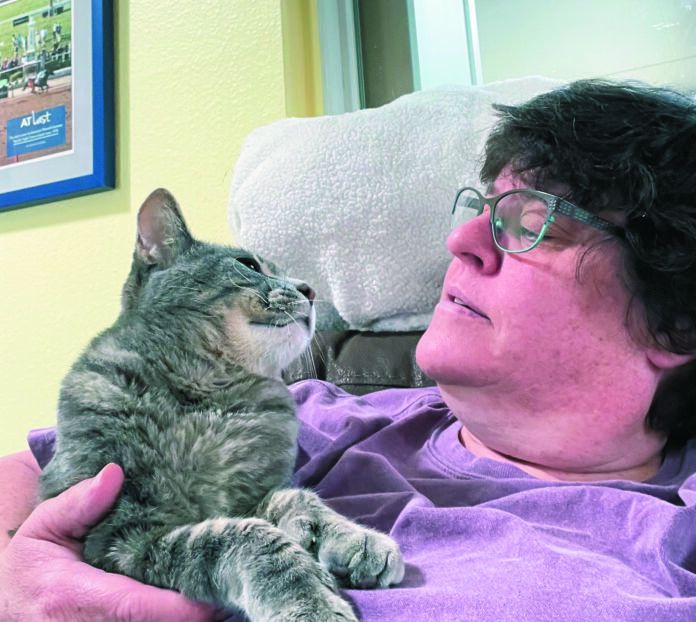In 1996, pain began to be considered the fifth vital sign in human medicine, needing to be assessed along with temperature, pulse, respiratory rate, and blood pressure. The same is true for cats, says a recent article in Veterinary Practice News, particularly in the emergency room or critical care setting. It makes sense. At least one study showed that more than 50 percent of cats are in pain when they are brought to emergency treatment facilities.
Brandy Tabor, a member of the Academy of Veterinary Emergency & Critical Care Technicians and Nurses and the author of the article, points out that one way to help put the spotlight on the possibility of pain and the need for pain management is to be aware of the possibility that pain may be affecting your cat. It’s easy enough to do. If your cat has an ear infection, for instance, consider how you may have felt when you have had earaches. Sometimes the pain of an ear infection is relentless and made even worse during chewing or swallowing.
Likewise, if a cat is limping or cannot put weight on one of her limbs, she may not just be having difficulty walking. She may be in extreme discomfort. Imagine yourself with a sprain or fracture.
Bottom line: Don’t feel shy to ask about whether your cat might be in pain. And do carefully consider the veterinary staff’s advice if they recommend analgesics or other treatments to make things easier for your pet. They may even purposely keep feline patients away from barking dogs or noisy areas and give them access to hidey holes. It is hard to markedly reduce a cat’s stress in a hospital setting, but to the degree that it is possible, it can allow her to relax and thereby perhaps render pain medications a little more effective.
Pain can be difficult to assess in a cat who is nervous, frightened, aggressive, or interested in hiding the fact that she doesn’t feel well, as felines tend to do. Therefore, it’s best to inquire of your veterinarian whether any diagnosis that seems like it would be painful is painful, and to act accordingly.




